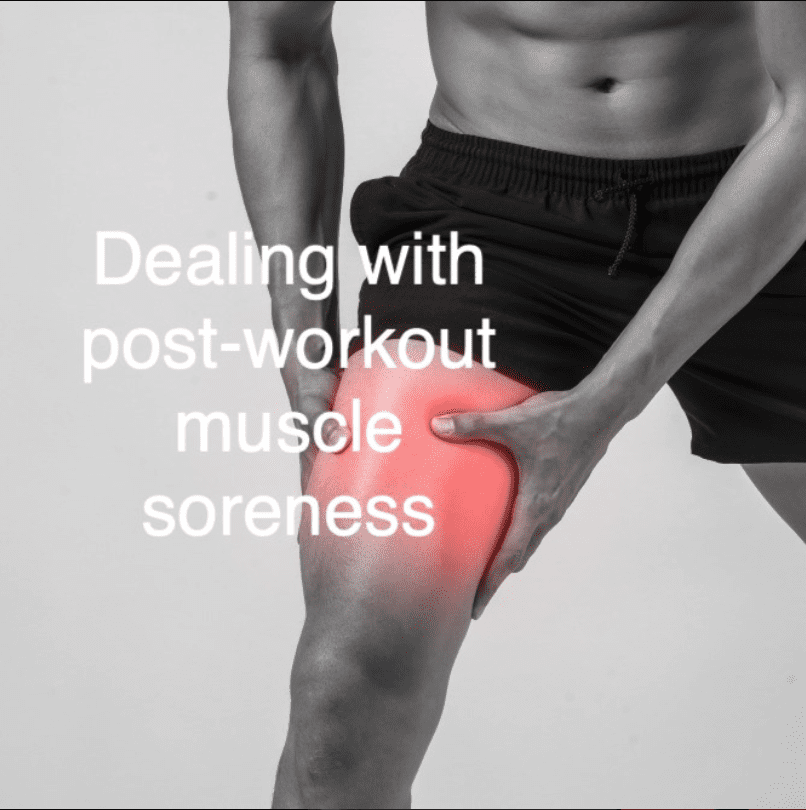
Delayed Onset Muscle Soreness (DOMS) is a common condition that occurs after intense exercise or physical activity, especially when you engage in activities your muscles are not accustomed to.
While you can’t completely prevent DOMS, you can take steps to alleviate the discomfort and promote faster recovery.
Here are some strategies to help you recover from DOMS:
- Rest: Give your muscles time to heal. Avoid strenuous exercise that targets the same muscle groups that are sore. Rest is crucial for recovery.
- Hydration: Drink plenty of water to help flush out toxins and reduce muscle soreness.
- Nutrition: Consume a balanced diet rich in protein and nutrients. Protein is essential for muscle repair and recovery. Consider adding foods like lean meats, fish, dairy, eggs, and legumes to your diet.
- Stretching: Engage in gentle stretching exercises to improve flexibility and reduce muscle tension. Stretching can help alleviate muscle tightness and discomfort.
- Foam Rolling: Use a foam roller to perform self-myofascial release (SMR) on sore muscles. This can help relieve muscle knots and improve blood flow to the affected areas.
- Heat and Ice: Alternating between heat (Our sauna and steam room’s work great) and ice (cold shower) can help reduce inflammation and soothe sore muscles.
- Over-the-Counter Pain Relievers: Non-prescription pain relievers like ibuprofen or naproxen can help alleviate pain and reduce inflammation. However, use them sparingly and consult with a healthcare professional if you have concerns.
- Active Recovery: Engage in light, low-impact exercises like walking or swimming. This can help improve blood flow to the muscles and alleviate soreness.
- Massage: Consider getting a professional massage, which can help improve circulation and reduce muscle tension.
- Proper Warm-Up and Cool-Down: Before and after workouts, ensure you warm up properly and cool down with stretching to prevent or reduce the severity of DOMS.
- Gradual Progression: If you’re starting a new exercise routine or increasing the intensity of your workouts, do so gradually. This can help minimize the severity of DOMS.
- Adequate Sleep: Ensure you get enough restorative sleep. During sleep, your body repairs and rebuilds muscle tissues.
- Stay Active: While you should avoid intense workouts targeting sore muscles, staying active with low-impact activities like walking or gentle yoga can promote blood flow and aid recovery.
Remember that DOMS typically subsides within a few days, and it’s a sign that your muscles are adapting and becoming stronger.
